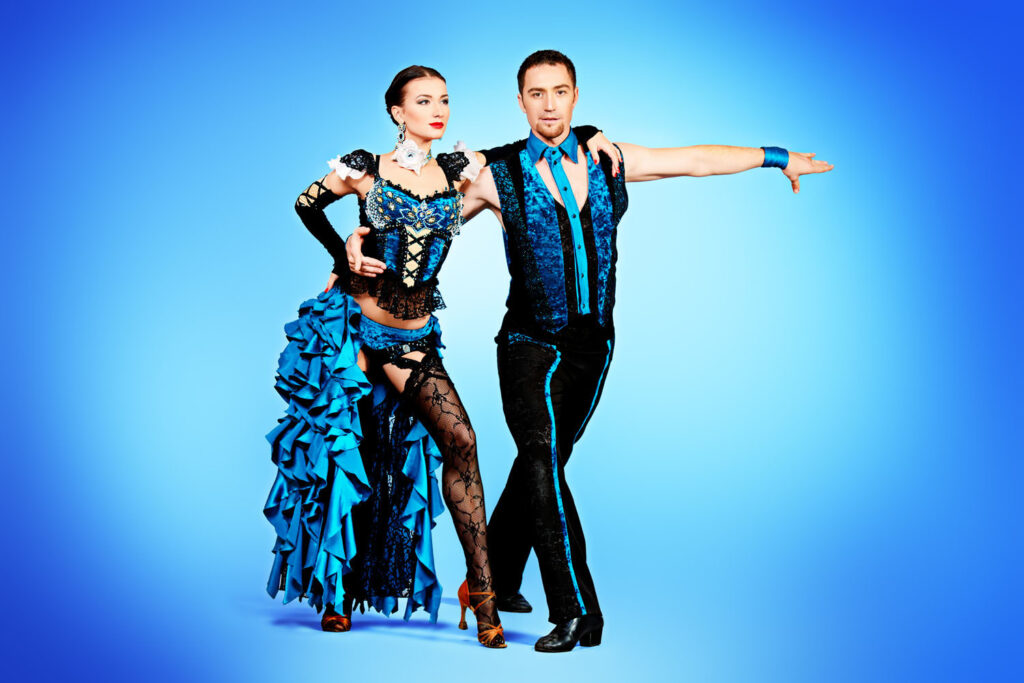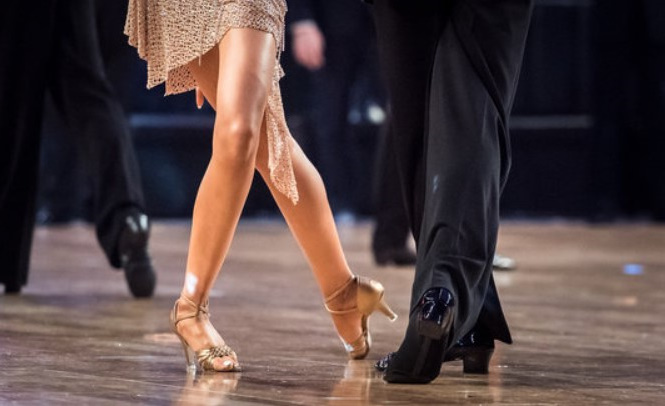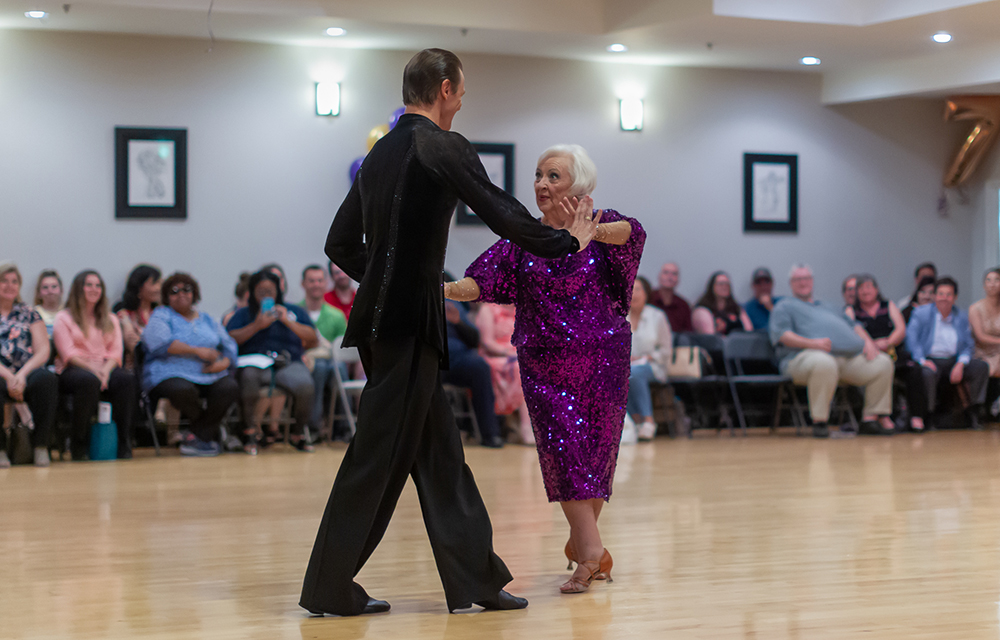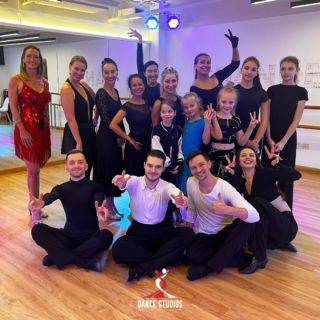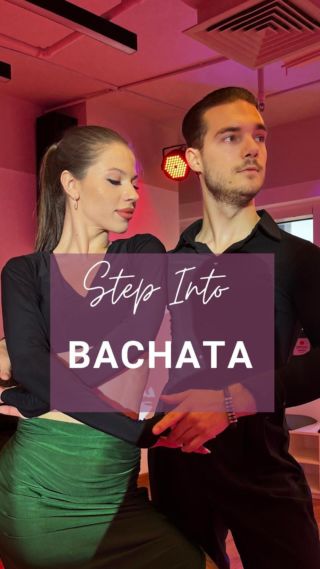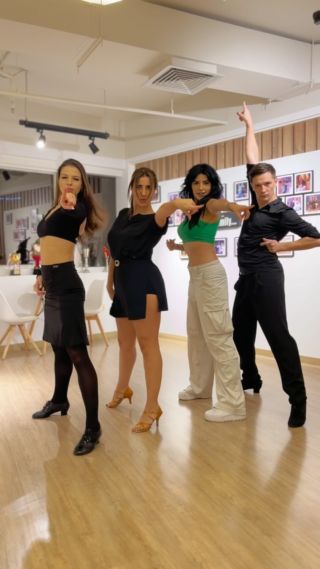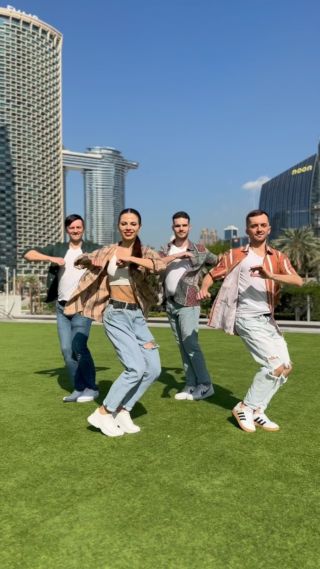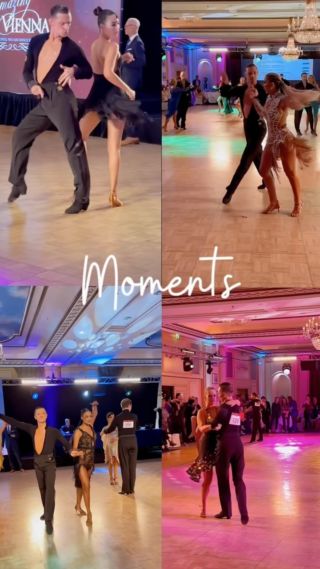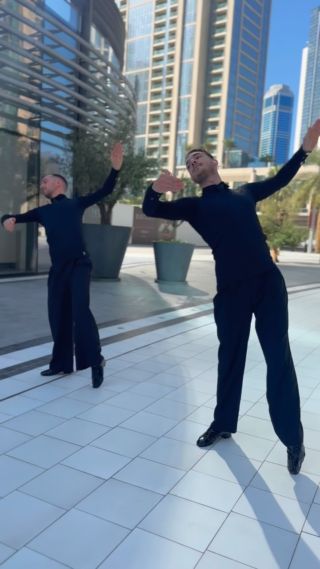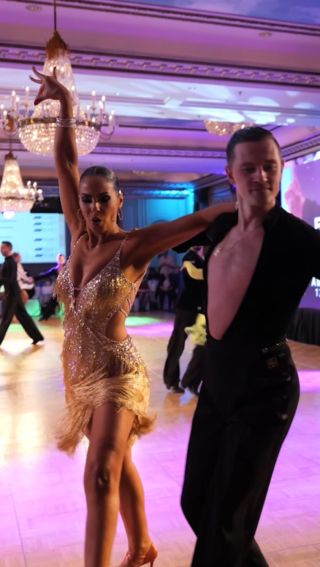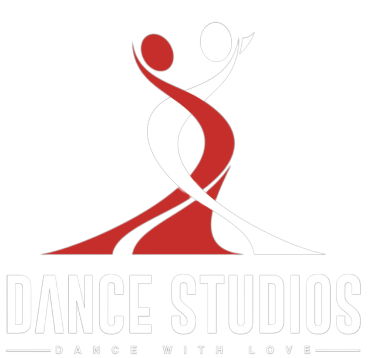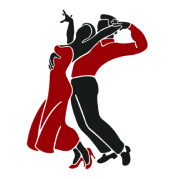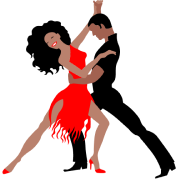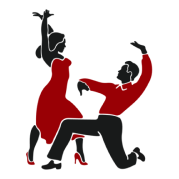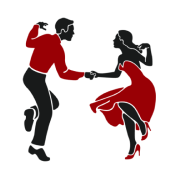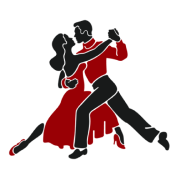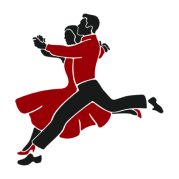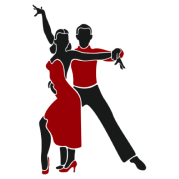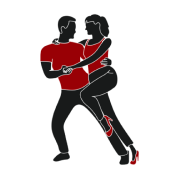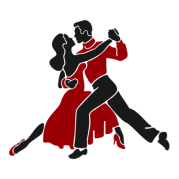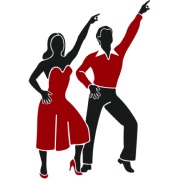One of the exciting aspects of ballroom dance forms is the ability to create a range of movement patterns and gorgeous steps in various ways. Nonetheless, doing this is not simple; it requires doing various things in one go and learning different techniques. It is necessary to have a firm grasp of the concepts that permit two bodies to move in unison as well as to develop a reliable system that we may use to carry out particular actions like advancement, rotation, rise, lowering, and position changes.
In this blog post, Dance Studios Dubai, one of the top professional dance classes in Dubai, is taking you through one of the most troublesome topics of all time today: the promenade and fallaway postures. With these exquisite body configurations, both partners can move in the same direction—forward or backward. The objective is to create a straightforward process for determining positions from different entries. So stay tuned till the end of this blog post and share it with your fellow dancers.
Go through the 5 Benefits of Ballroom Dance Lessons That Bring Couples Together.
What are Promenade and Fallaway Positions?
Position in ballroom dancing refers to the relative movements of the lead and follower’s bodies. The closed position is the International Standard default position. In the closed posture, both lead and follow while facing one another. They keep contact through their right sides while one glides forward and the other backward. Consider a scenario in which we could only dance in this one stance for, say, a two-minute waltz. It could get a little monotonous, so let’s try a different body posture and see how it goes. Other than the closed posture, the promenade position is the first one offered to dancers. In this position, couples will continue to make physical contact, but on their left sides. Both partners will be able to advance in unison thanks to the newly formed V-shaped position created by the bodies’ new point of contact. The partners will be going in the same configuration, but backward this time rather than forward as they would have in the promenade. Other than that, the fallaway position is the same as the promenade. A simple method to consider those stances is:
The bodies are arranged in a V-shape, with both partners moving in the same direction and the contact points being on the right side (lead) and the left side (follow).
Promenade: We proceed.
Fallaway: We reverse course.
This is a bit tricky to read, but when you join professional dance lessons in Dubai at Dance Studios Dubai, you will get to learn more from it.
Here are 9 Reasons to Enjoy Ballroom Dancing in Dubai.
How Are These Positions Achieved?
Depending on the preceding figure, there are numerous ways to reach the promenade or the fallaway posture. It’s crucial to remember that when positioning our bodies to form positions, each partner has a distinct function to perform. More specifically, depending on the kind of promenade, each partner turns a different section of their body. Seldom do we employ our ribs (shoulders) and hips to accomplish the promenade or fallaway positions. When you start taking ballroom dance lessons in Dubai, you will learn these positions with much more clarity.
To provide maximum clarity and simplicity, we shall categorize our promenade entrances into two groups: Left and Right turns to PP. You will learn this with more clarity when you take ballroom dance classes in Dubai. We will examine how to create the promenade from the Lead and Follow perspectives. Each of those will have two subcategories: Forward and Backward turn into the promenade. Now let’s get going.
The Promenade Position
Turn left to reach PP.
L turns forward to the PP
Lead: Rotates the Handle
Proceed: Rotates the RIBS
For instance, Reverse L turns to PP
Lead: Rotates the Handle
Proceed: Rotates the RIBS
For instance, outside changes to PP
Make a right turn to PP.
R moving forward, turn to PP
Guide: Rotate the RIBS
Proceed: Rotates the HIPS
Example: Hover Telemark and turn the lock to R.
R in reverse turning to PP
Guide: Rotate the RIBS
Proceed: Rotates the HIPS
For instance, Open Impetus
If you closely examine the above chart, you will see that the lead is turning the RIBS and the follow is turning the HIPS for all Left turns to PP, and for all Right turns to PP, the lead is turning the RIBS and the follow is turning the HIPS.
The Fallaway Position
By joining one of the best dance classes in Dubai, Dance Studios Dubai, you will learn multiple ways to reach the fallaway position. There are two primary methods to get the Fallaway position: a left turn that moves ahead and a right turn that moves backward. These are the two most typical situations to dance the fallaway stance, though there may be modifications based on how complex the step is.
Take a left turn to the fallaway.
Moving forward, make a turn toward Fallaway.
Lead: Rotates the Handle
Proceed: Rotates the RIBS
Fallaway Reverse Slip Pivot, for instance
Make the right turn to fall away.
R in reverse, turning to PP
Guide: Rotate the RIBS
Proceed: Rotate the Hips
Fallaway Ronde (American Smooth), for instance, and Natural Fallaway
Conclusion
Above, we took you through a detailed guide to promenade and fallaway ballroom dancing positions and how you can achieve them. However, we highly recommend you join the best dance studios in Dubai and take practical lessons to master these techniques.
You can also learn about the History of Tango and Ballroom Dance in Dubai in our blog section.

